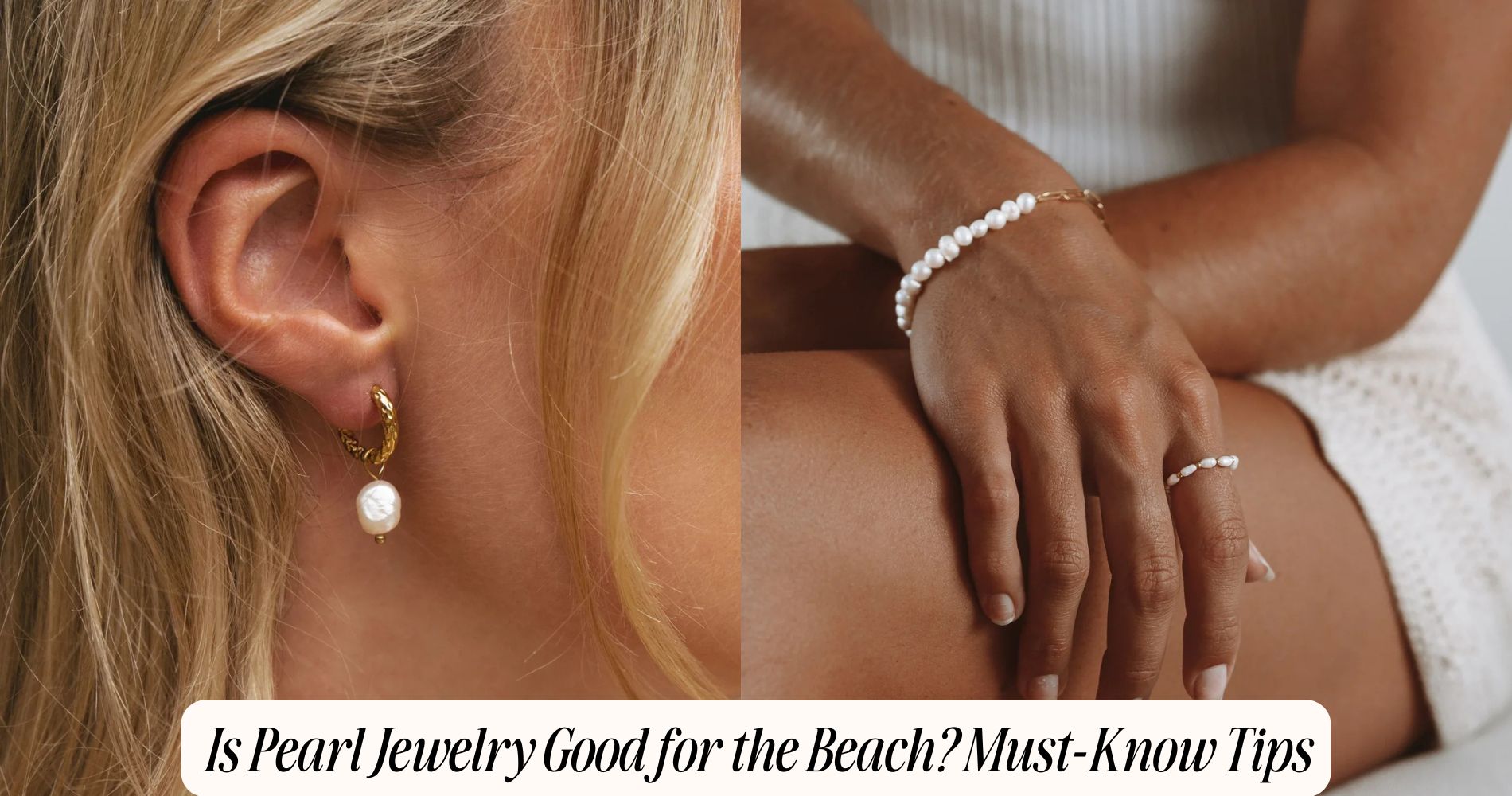
Is Pearl Jewelry Good for the Beach? Must-Know Tips
Is pearl jewelry good for the beach? It depends on how well you protect it. While pearl jewelry adds refined elegance to beach attire, its delicate nacre is highly vulnerable to saltwater, sand abrasion, and UV radiation. To keep your pearls safe, avoid prolonged sun or water exposure, rinse them in distilled water after the beach, and dry them gently with a microfiber cloth. Always store your pieces in soft-lined containers away from heat. If you love wearing pearls by the sea, understanding the risks and proper care is essential. For a selection of styles perfect for ocean lovers, explore our pearl jewelry set collection—next steps will reveal even more essential preservation strategies.
Understanding the Nature of Pearls
Although pearls exhibit timeless beauty, their organic structure makes them more sensitive than most gemstones. You’ll find that pearls are formed through pearl cultivation, a process where layers of nacre coat an irritant inside mollusks.
Because of this biomineral composition, pearls are vulnerable to abrasion, acids, and rapid changes in humidity. Different pearl types—such as Akoya, Tahitian, South Sea, and freshwater—vary in nacre thickness and durability, but all share susceptibility to environmental stressors.
When handling pearl jewelry, always use a soft, damp cloth and avoid ultrasonic cleaners or harsh chemicals. Store pearls separately in a fabric-lined box to minimize contact with harder objects.
Understanding their delicate nature guarantees you’ll preserve their luster and longevity, maintaining the distinct allure each pearl type provides.
How Saltwater Affects Pearl Jewelry
When you expose pearl jewelry to saltwater, the high salinity and mineral content rapidly compromise the nacre’s integrity. Saltwater corrosion begins as sodium chloride and other ions penetrate the outer layers, breaking down the microscopic crystalline structure that gives pearls their luster.
Over time, this process results in visible pearl surface damage, such as pitting, dullness, and discoloration. The nacre, which is naturally soft and porous, becomes increasingly vulnerable as saltwater strips away protective proteins and erodes the surface layer by layer.
If you wear pearls in the ocean, you risk accelerating this degradation process, leading to irreversible loss of shine and structural cohesion. To preserve your pearls, always remove them before swimming in saltwater and rinse with fresh water if accidental exposure occurs.
The Impact of Sand and Sun on Pearls
Beyond saltwater exposure, pearls also face significant risks from two pervasive elements at the beach: sand and sunlight. Sand, composed of abrasive silica particles, can cause micro-scratches on a pearl’s nacreous surface. These scratches compromise the luster and structural integrity developed during pearl cultivation.
According to marine biology, a pearl’s nacre is a delicate composition of aragonite and conchiolin. UV radiation from sunlight accelerates dehydration and can cause organic components within the nacre to deteriorate, leading to discoloration or a chalky appearance.
You should avoid direct sunlight exposure for extended periods, as it weakens the bond between nacre layers. To preserve your pearls, always wipe them gently after wear, store them in soft pouches, and never allow sand to remain on their surfaces.
Choosing the Right Pearl Jewelry for the Beach
How can you guarantee your pearl jewelry withstands the rigors of beach conditions? First, prioritize pearls produced through advanced pearl cultivation techniques, as these often yield thicker nacre and higher surface durability. Pearls with substantial nacre resist micro-abrasions caused by sand and salt, preserving their luster.
When selecting, opt for pieces with minimal metal exposure, as metals may corrode more rapidly in saline environments. Consider pearl color variations—darker hues like Tahitian pearls may mask minor blemishes from sun or sand, while lighter shades can display wear more readily.
Choose jewelry designs with protective settings, such as bezel or halo mounts, which reduce direct contact between pearls and abrasive surfaces. Always assess craftsmanship and clarity to ensure maximum preservation during your beach excursions.
Protective Measures to Take Before Hitting the Shore
Selecting resilient pearl jewelry is only the first step; implementing pre-emptive care practices guarantees ideal preservation at the beach. Prior to exposure, apply a broad-spectrum sun protection product to your skin, but avoid direct contact with pearls—chemicals degrade nacre luster.
For beach safety, secure each piece with sturdy clasps to minimize accidental loss during vigorous activities or unexpected wave action. Store your pearls in a soft, lined pouch or a microfiber cloth to shield them from abrasive sand particles and salt-laden air, both of which accelerate surface erosion.
Limit prolonged direct sunlight, as UV radiation can cause discoloration and weaken organic matrices. Always put on your pearl jewelry last, after sunscreen and other cosmetics, to reduce chemical and physical risks.
Cleaning Your Pearls After a Day at the Beach
After spending time at the beach, it’s essential to remove accumulated residues from your pearls to maintain their structural integrity and luminous sheen. Start your pearl jewelry maintenance by rinsing each piece with lukewarm, distilled water to dissolve salt and sand particles.
Avoid harsh detergents or ultrasonic cleaners, as these can degrade the nacre layer. Use a soft, lint-free microfiber cloth to gently pat the pearls dry, ensuring you don’t rub, which could cause micro-abrasions.
Inspect the silk threading, as exposure to saltwater can weaken its tensile strength. For thorough beach cleaning tips, consider a mild soap solution—never soak pearls—then rinse and dry promptly.
This careful cleaning protocol preserves both the aesthetic brilliance and longevity of your pearl jewelry after coastal exposure.
Storing Pearl Jewelry Safely Post-Beach
Once your pearls are thoroughly cleaned, proper storage is critical to prevent deterioration from residual moisture and environmental contaminants. After completing your pearl cleaning routine, ensure each piece is fully dry before storing, as any lingering moisture can promote nacre degradation or mold growth.
Use dedicated storage solutions like soft-lined jewelry boxes, silk pouches, or compartments with individual slots to minimize abrasion and contact with other metals or gemstones, which can scratch the delicate surface. Never use airtight containers—pearls need minimal airflow to maintain ideal luster.
Avoid plastic bags, as they may emit chemicals that harm the nacre. Store your cleaned pearls away from direct sunlight, heat, or humidity fluctuations.
Consistent, proper storage preserves the integrity, shine, and longevity of your pearl jewelry post-beach.
Stylish Ways to Wear Pearls by the Sea
While coastal climates present unique challenges for pearl jewelry, you can still achieve an elegant seaside look by choosing styles and settings that balance aesthetics with preservation.
Opt for pearls set in corrosion-resistant metals like platinum or high-quality stainless steel to prevent saltwater-induced tarnishing.
Select shorter necklaces or chokers to limit movement and reduce abrasion from sand grains, a common risk for beach fashion.
For seaside accessories, stud earrings and well-secured bracelets minimize exposure to moisture and physical impacts.
Always avoid layering pearls with sunscreen or oils, which can degrade nacre.
Consider wearing pieces with fewer exposed pearls or those encased in protective bezels.
Alternatives to Pearls for Beach Outings
Although pearls exude timeless elegance, their organic composition makes them especially vulnerable to abrasion, saltwater corrosion, and chemical exposure at the beach. If you're seeking resilient beachwear accessories, opt for materials like stainless steel, titanium, or silicone, known for their corrosion resistance and structural integrity.
Murano glass, enamel, and resin also withstand marine elements, offering vibrant color retention without the risk of nacre damage. For ocean-inspired jewelry, look for motifs crafted from durable alloys or even recycled sea glass, which evoke marine aesthetics while minimizing maintenance demands.
Avoid porous gemstones and untreated metals, as they absorb salt and moisture, compromising longevity. By selecting alternative materials, you'll preserve both the function and beauty of your accessories, ensuring they're suited for frequent seaside adventures.
Frequently Asked Questions
Are Pearls Considered Good Luck When Worn at the Beach?
You might hear that pearls symbolize good luck, but in beach fashion, their jewelry durability is limited. Saltwater and sand can erode nacre, so prioritize preservation by cleaning promptly and storing pearls in a soft pouch post-wear.
Can Wearing Pearls in the Ocean Attract Marine Animals?
You won't attract marine life by wearing pearls in the ocean, since pearls lack scent or bioluminescence. However, saltwater effects can degrade nacre, so you should rinse and gently dry pearls after exposure to preserve luster.
Do Pearls Change Color if Exposed to Beach Air Frequently?
When you expose pearls to beach air frequently, you'll notice gradual discoloration due to salt, humidity, and UV exposure. Prioritize pearls maintenance by rinsing gently and storing them properly—essential steps in effective beach jewelry care and long-term preservation.
Are There Any Spiritual Meanings to Wearing Pearls by the Sea?
When you wear pearls by the sea, you connect with spiritual symbolism tied to purity and wisdom, while harnessing ocean energy. To preserve these metaphysical benefits, shield pearls from saltwater-induced nacre erosion and abrasive sand exposure.
How Do Pearls Compare to Other Gemstones in Beach Photos?
When you choose pearls for beach fashion, you'll notice their soft luster contrasts beautifully with vibrant gemstones in photos. However, pearls lack gemstone durability; UV exposure and saltwater accelerate nacre degradation, so immediate freshwater rinsing preserves their appearance.
Conclusion
When wearing pearl jewelry at the beach, you must understand that nacre is highly sensitive to saltwater, UV radiation, and abrasive sand. If you decide to accessorize seaside, guarantee pearls are shielded by applying a soft cloth barrier and avoiding prolonged exposure. Afterward, rinse them with distilled water, then dry and store in a humidity-controlled container. By carefully implementing these preservation strategies, you’ll maintain your pearls’ luster, structural integrity, and longevity—even after a day by the shore.


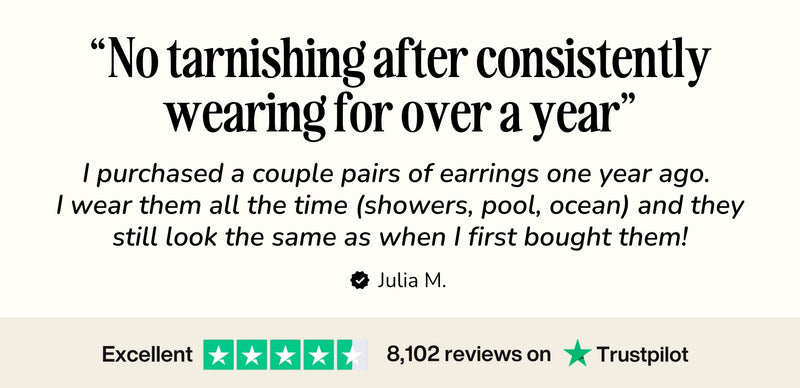






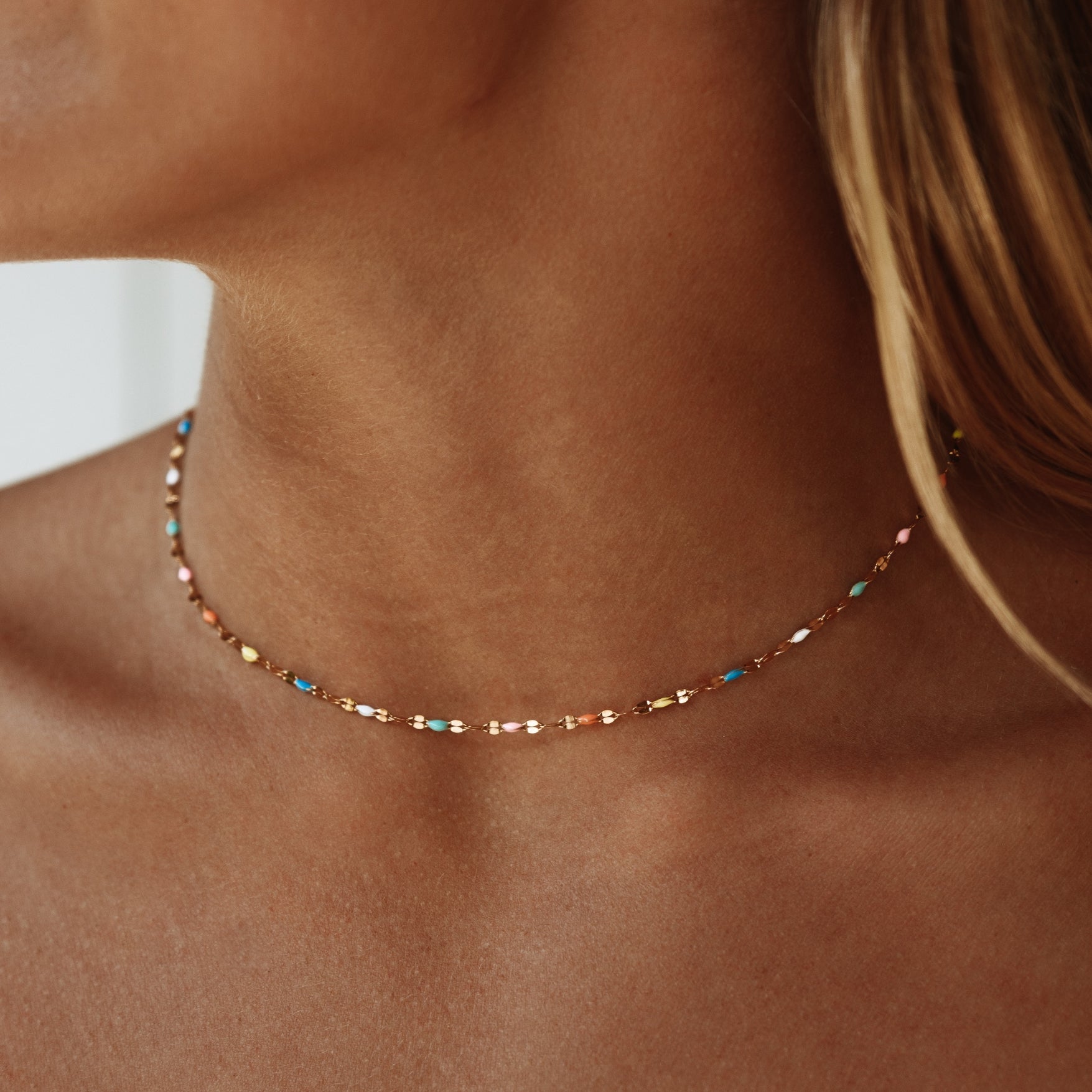
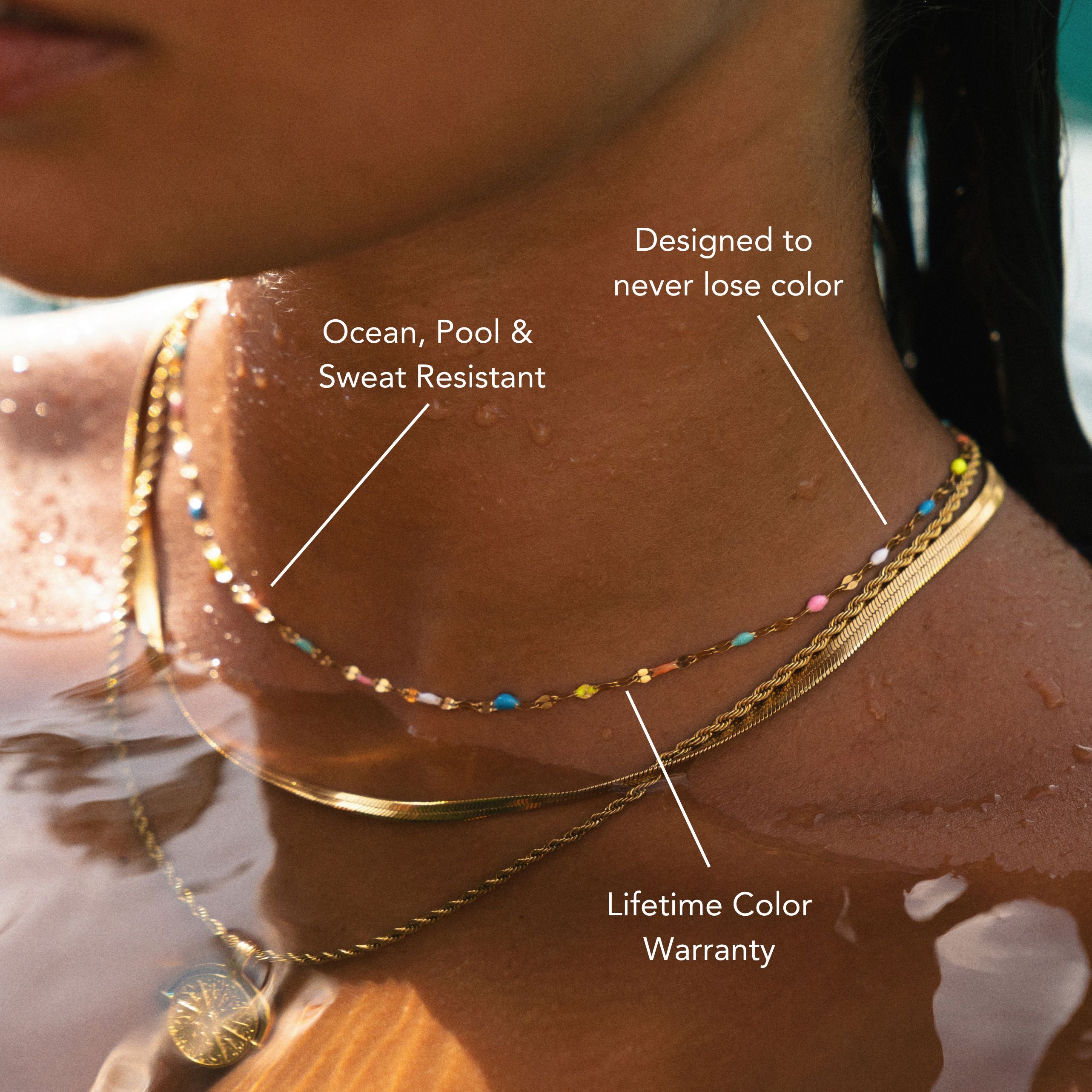

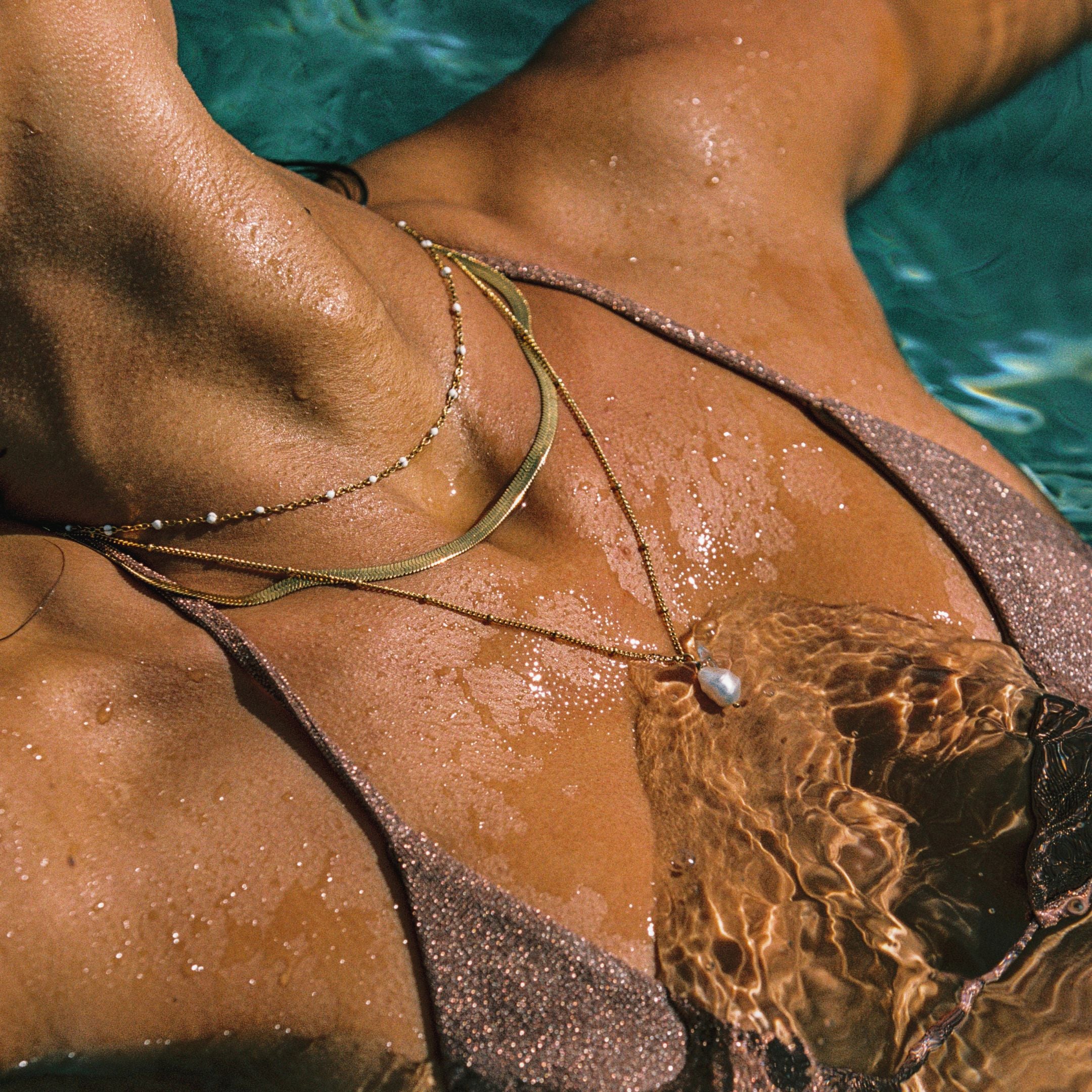
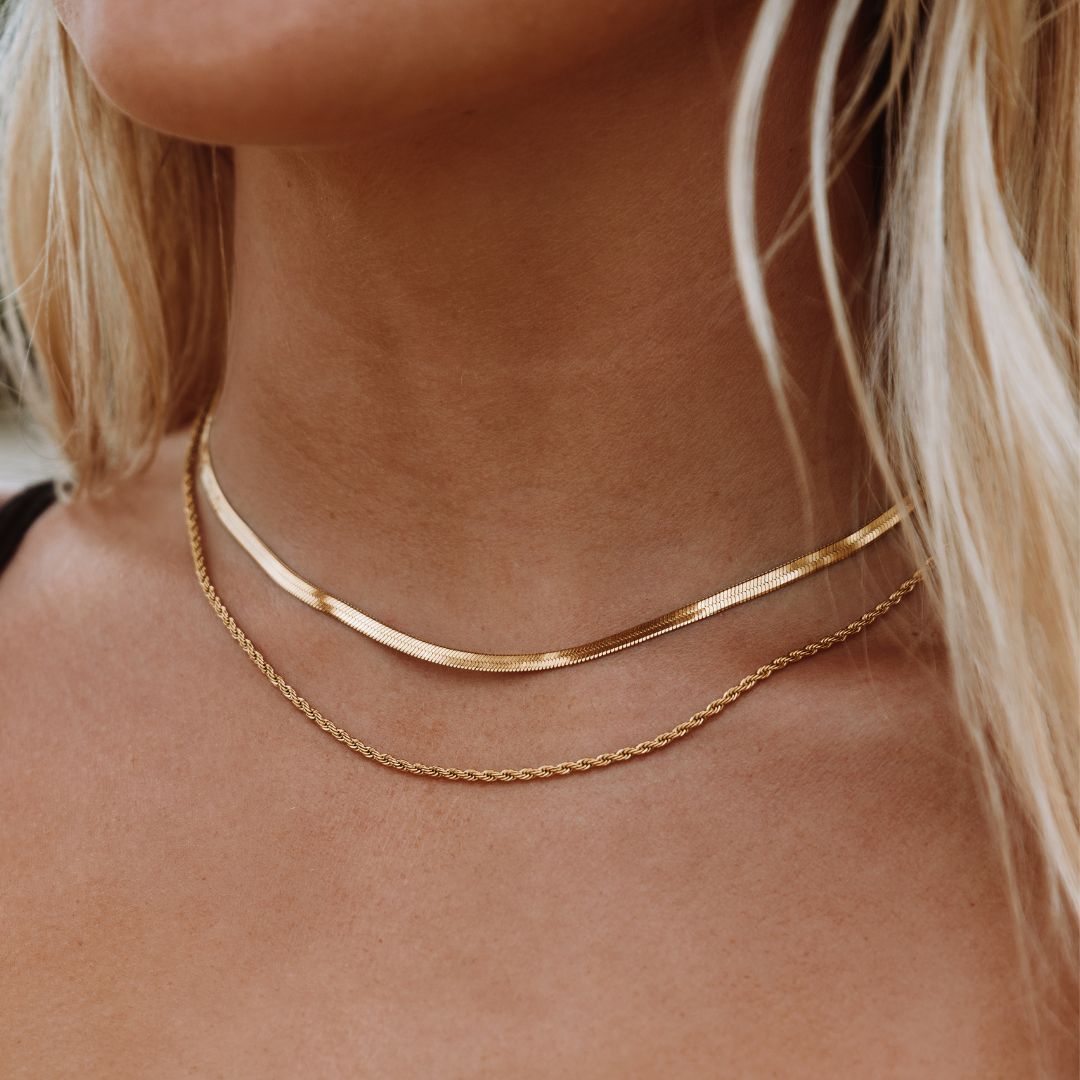
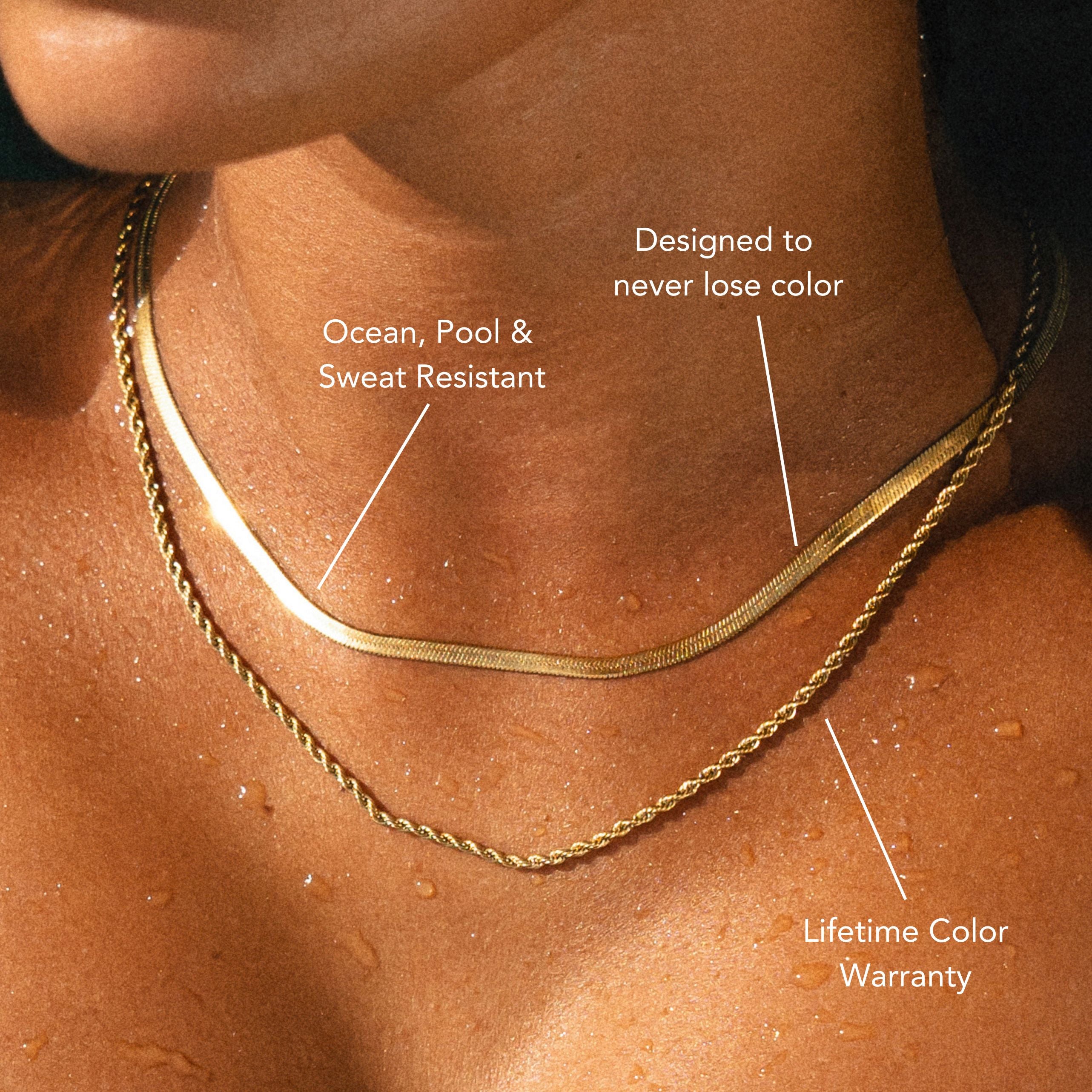

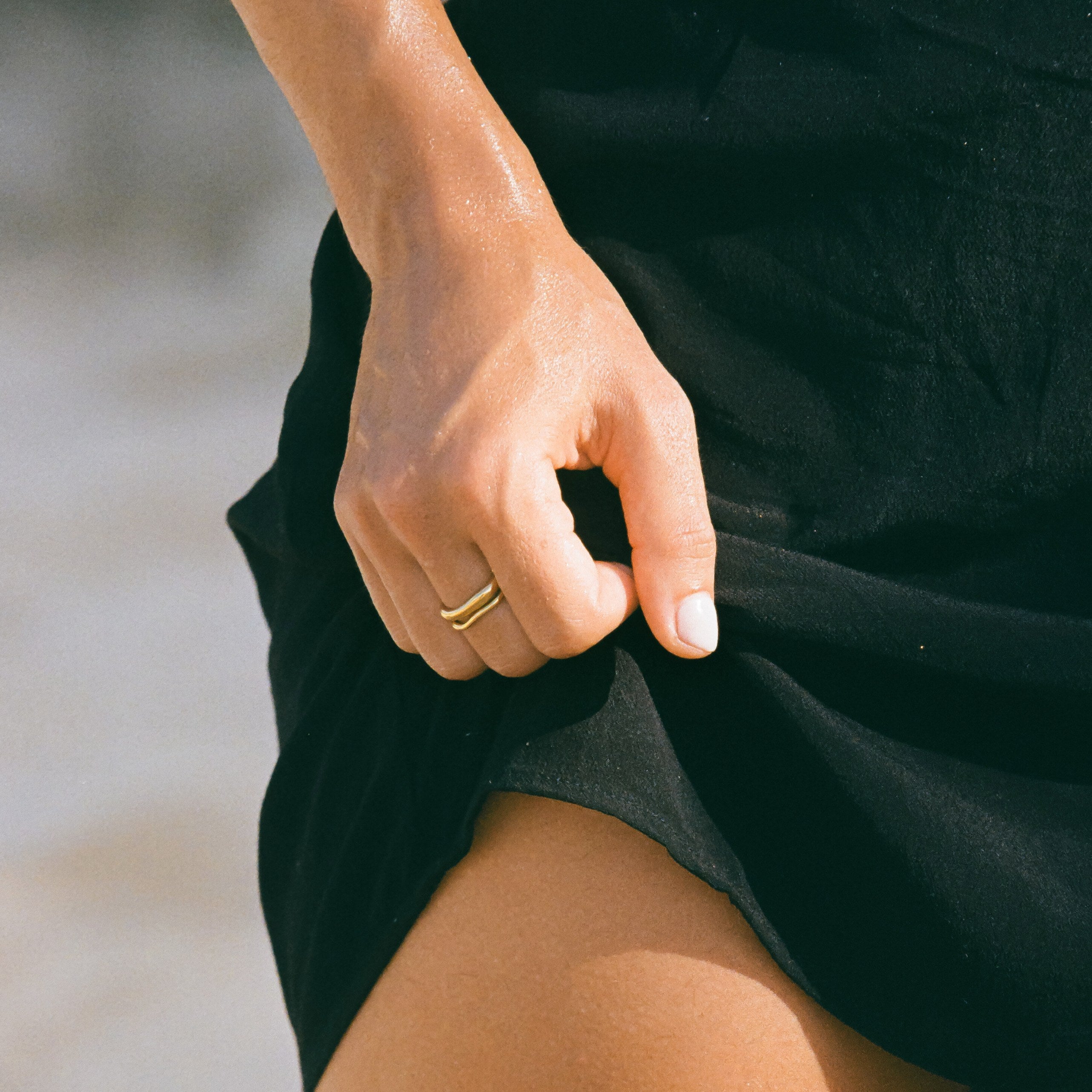
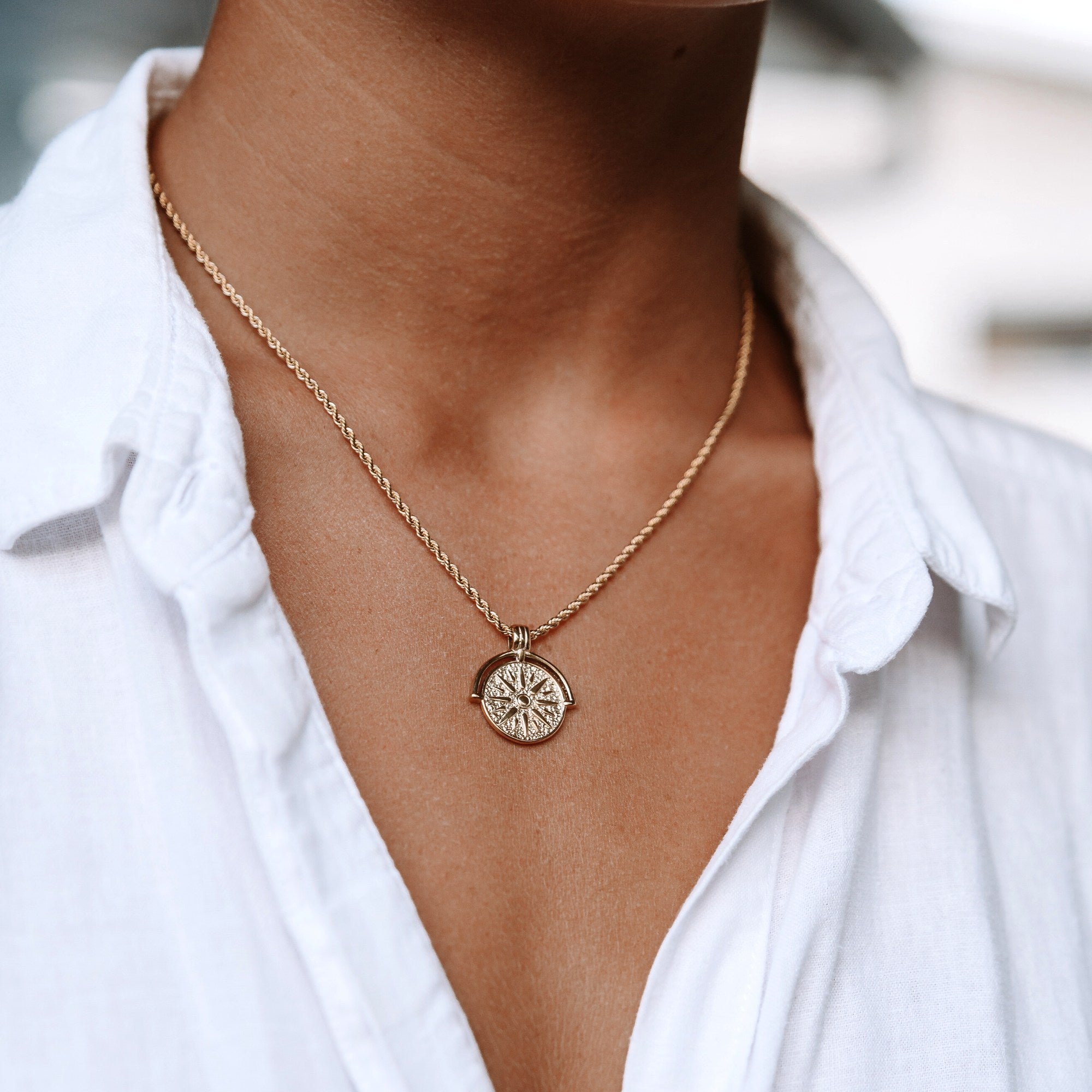
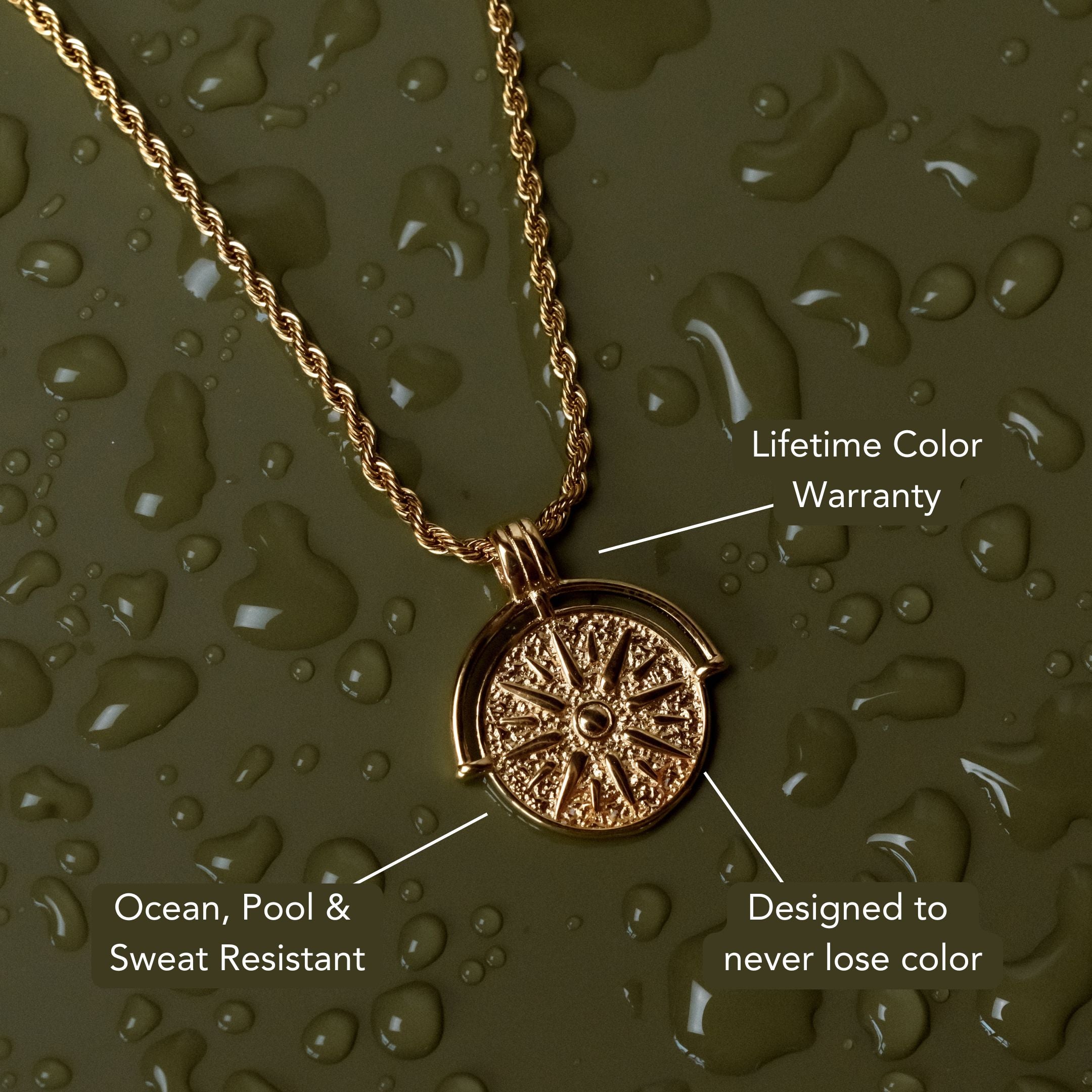
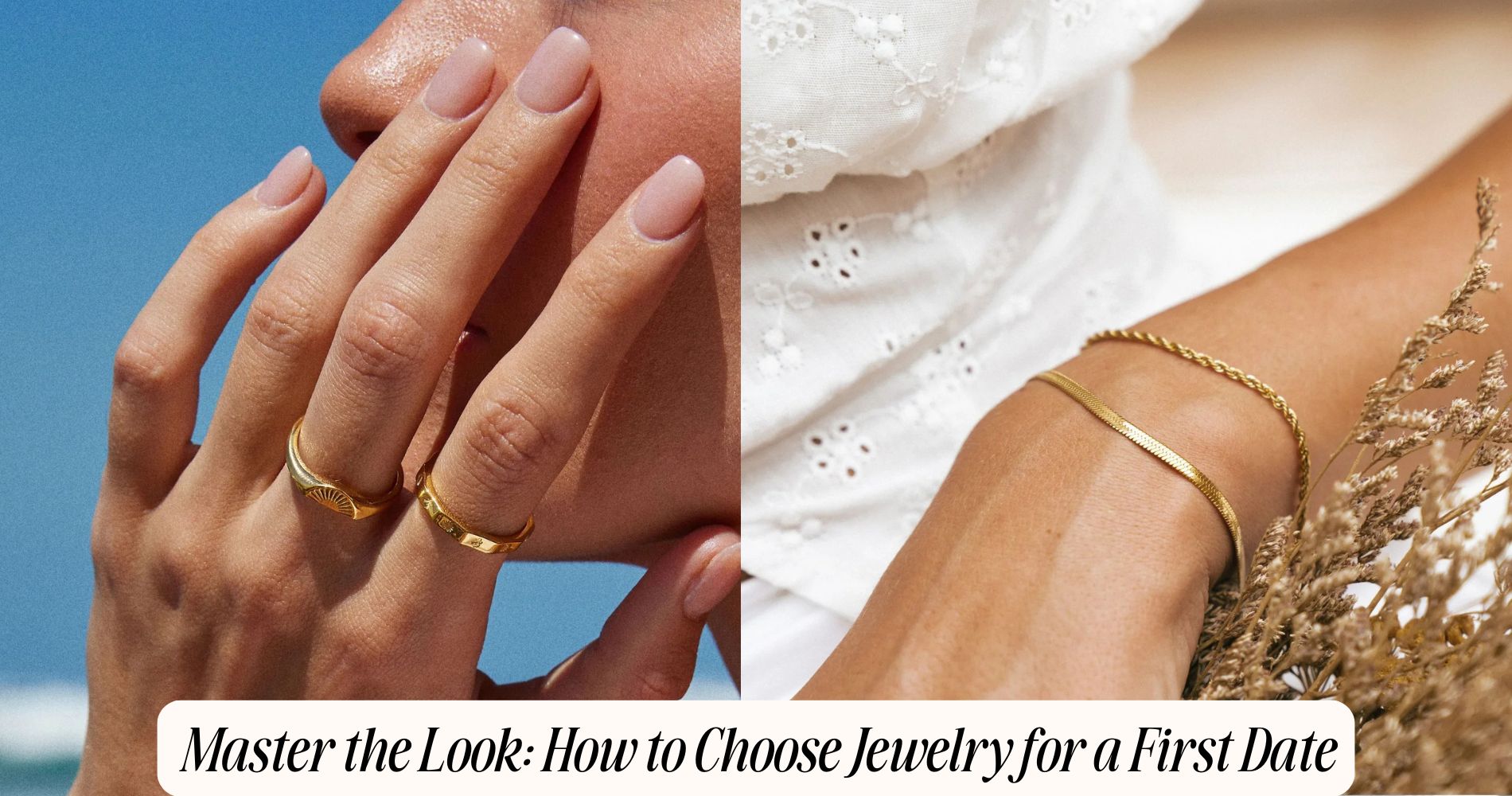
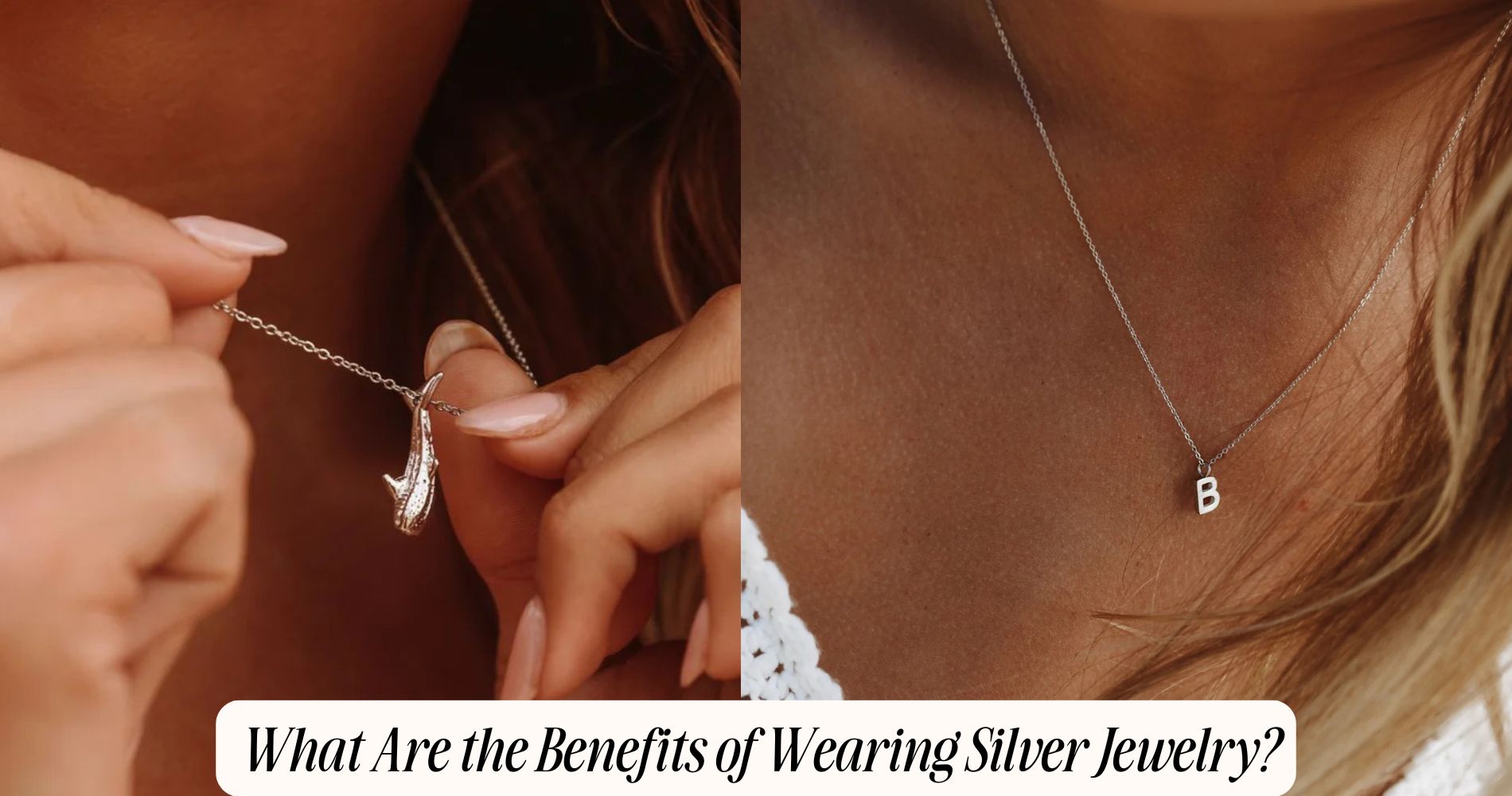




Leave a comment
This site is protected by hCaptcha and the hCaptcha Privacy Policy and Terms of Service apply.